The Great Grapevine Road Fight, Part II

In January 1919, the Tarrant County Commissioners court designated twenty-three miles of the Grapevine Road to be maintained from the county’s part of automobile license revenue. The previous year $55,000 had been received but not yet spent, so soon there would be $100,000 in the county coffers for road maintenance. In March, the National Good Roads Association held its annual convention in Mineral Wells, Texas, and as part of the Texas delegation J. E. M. Yates and H. F. Saunders were appointed to represent Grapevine.
The Road To Improvement Pushes Forward
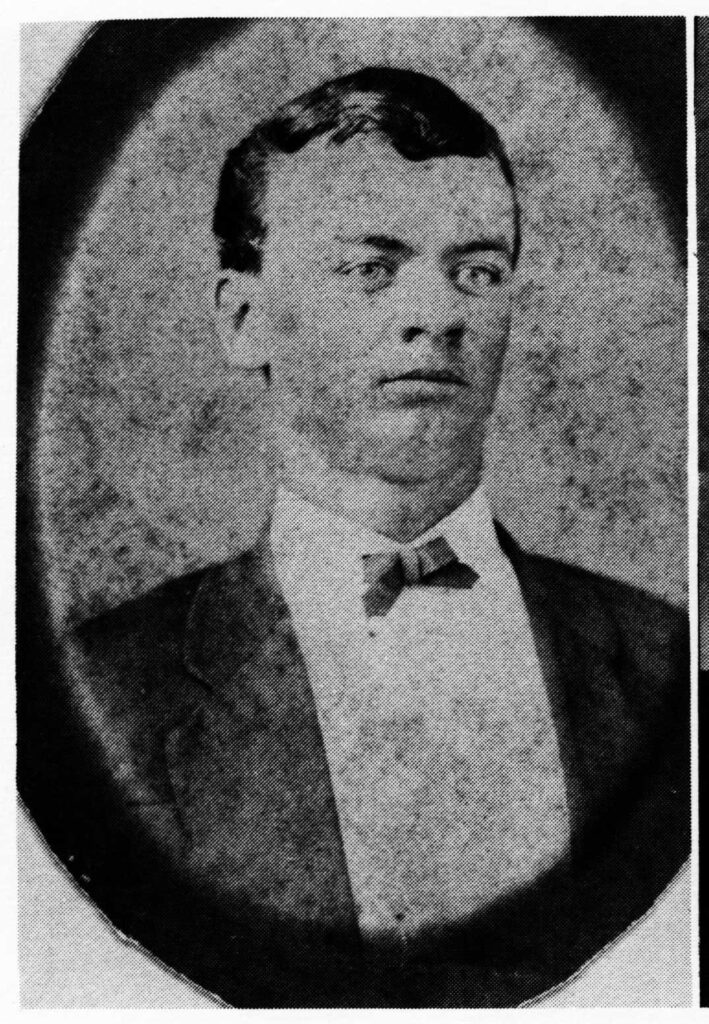
By the end of April a movement to call a good roads election, chaired by H. R. Wall, Commissioner of Precinct 3, was endorsed by over twenty-five Grapevine citizens at the Farmers National Bank. All but two attendees signed a petition favoring a bond issue to give Tarrant County the best possible roads. Commissioner Wall told the group that if the bonds were voted in, about one hundred miles of road would be constructed and improved. Unrelated to the bond issue, toward the end of June 1919, that part of the Grapevine Road from Fort Worth to the Dallas County line was repaired with a new coating of gravel and oil.
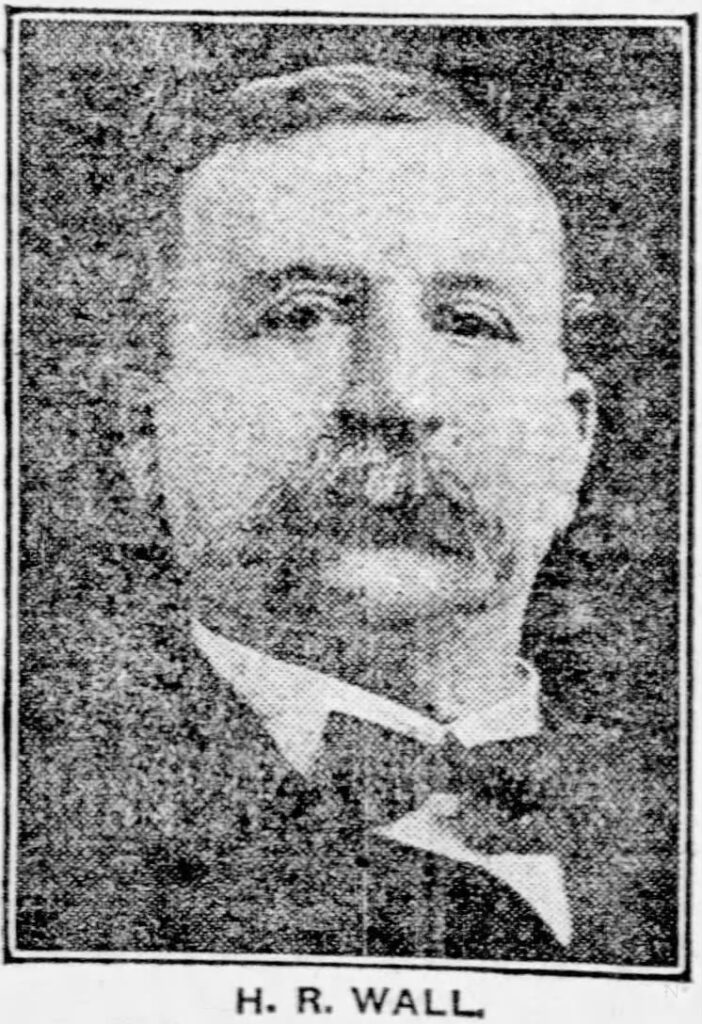
On June 21, 1919, the commissioners called for a road bond election for $3,450,000 to be held on July 26. Almost every district in the county supported this decision; no opposition was voiced at the meeting. J. I. Carter, former chairman of the Tarrant County Good Roads Association, called for a meeting the following week to organize a campaign in favor of the road bonds that would cover “every nook and corner of the County.” Since by law only fifty qualified citizens were need to call an election, the petition signed by over 1,200 citizens made it mandatory for the court to call an election.
As Commissioner Wall stated, one hundred miles would be improved in Precinct 3, including widening of the Grapevine Road and repairs of other roads branching off the cardinal road. On June 26, the Fort Worth Record printed a report from Precinct 3 showing the nature of needed work and improvement costs, and the names of twenty-six Grapevine citizens and the Grapevine Young Men’s Business League endorsing the report.Grapevine farmer J. E. Betts, an original good roads advocate, believed the bond issue would carry by a large majority in his section. Many of those residents, he observed, had opposed the first bond issue but had since seen the economic benefits derived from improved roads.
The Road Bond Campaign Heats Up
The bond campaign began on July 17. Local committees were formed and speakers were designated to visit and give presentations across the county promoting the bonds. Grapevine’s committee, appointed on July 8, consisted of H. F. Andrews, Cal Estill, and Robert Millinax, and the speakers were Jesse M. Brown and Jule G. Smith. A large turnout was expected at the July 19 gathering. In addition to public speaking, the Tarrant County Good Roads Association partnered with the Federation of Women’s Clubs to create 20,000 tags for vehicle windshields reading “I will vote Saturday for better roads.” Also, three parades were scheduled, including a band and boosters with several thousand pamphlets and good roads literature, by the Fort Worth Automobile Trades Association. Grapevine and Bransford (now Colleyville) were two of several parade stops.
The Fort Worth Star-Telegram reported in detail on July 23 what the road bonds would be for in each of the four Tarrant County precincts, including the mileage and fixed amount for each precinct. Each precinct had an advisory committee to see that its program was faithfully carried out; Precinct 3’s committee consisted of J. E. M. Yates, H. C. Yancey, and A. S. Dingee. Twenty-one roads in the precinct were scheduled for improvement or repair – 102.2 total miles at a cost of $711,830. The widening of eleven miles of the narrow section of the Grapevine Road was considered necessary due to increased truck traffic and was allotted $97,146.
On voting day, July 26, “[r]ousing meetings” were held at “the pretty town of Grapevine” and Keller to hear arguments about good roads but more so to remind those attending to cast their ballots that day. At Grapevine a straw vote was taken on the proposition, and all but one man were in favor of the bonds. The principal speaker admired his honesty but couldn’t believe he was voicing sentiments of such a progressive town like Grapevine by coming out against good roads, which was “the most progressive thing a community could undertake.” The same day, E. H. Lilly, the good roads commissioner of the Fort Worth Chamber of Commerce, scored voters who failed to appear or refused to vote as “slackers” and “skulking in the face of duty.” As proof of his statements, Lilly produced a postcard sent out by Grapevine mayor B. R. Wall, which read, “It is the general opinion of the taxpayers in and around Grapevine that the bond issue to be voted upon Saturday is a reckless piece of extravagance and ought to be defeated. Trust that you agree with us.” Lilly, taken aback by this sentiment, expressed sentiments similar to those heard at the Grapevine meeting that day:
If the statement of Mr. Wall is correct, it is within itself an indictment of the appreciation of the Grapevine citizens. Grapevine wanted a road and today one of the best roads in the county runs from the Courthouse to the city limits of Grapevine because the county commissioners made a liberal interpretation of the law and built the road. Grapevine has ample highway facilities, the Mayor believes, and is now trying to deny other communities of the same, if his statement reflects the opinion of the people.
I cannot believe that an American community would be that selfish.
The Bond Issue Passes
The bond issue passed by a two-thirds majority. Likely influenced by Mayor Wall’s anti-bonds campaign, the result in Grapevine was 68 to 127 against the measure. Nearby Bransford and Dove communities also voted no at 24-31 and 8-27, respectively. According to the Fort Worth Record, Grapevine presented the biggest majority against the bonds, and seemingly turned out the most representative vote of any box in the county. It was probably a stunning blow to those who believed that, out of the many Tarrant County communities, Grapevine would ardently support funding for better roads. It’s not possible to know if anyone from Grapevine publicly responded to this criticism because all issues of the Grapevine Sun for 1919 are missing, and none of the Fort Worth or Dallas newspapers mention any responses from Grapevine residents.
On August 28, 1919, the advisory committee of the Tarrant County Good Roads Association met for the first time to begin disbursing the recently-approved allotment of money gotten from road bond sales. J. E. M. Yates, H. H. Yancey, and A. S. Dingee were still on the committee, representing Precinct 3. On October 9, the committee had its last discussion before appointing a consulting engineer, R. V. Glenn, to take charge of the road building program, which would include improving the “snake-like” Grapevine Road. The road remained unimproved because funding proved insufficient to complete the work, but the part that ran through the heart of Grapevine – 1,583 feet – was repaved in early October 1919 for $8,000. The surface had been laid in 1912 with funds from that year’s bond issue.
Commissioner H. R. Wall of Precinct 3 died at his Grapevine home on December 14, 1919. His brother Sandy A. Wall was appointed to fill out the rest of his term but did not run for the office when the term expired in 1920. However, on February 1, 1924, Sandy Wall announced that he was running for the office, promising his constituents that if he was elected he would rebuild the current red-gravel highway. He was elected in July and sworn in in December. His precinct included Grapevine, Riverside, Bedford, Diamond Hill, Euless, Bransford, Dove, and Birdville. He would be re-elected in 1926, and again in 1928 after moving to Riverside.
Support For A Designated Highway Grows Strong

In mid-December 1924 Texas Senator R. A. Stuart called a meeting at the Fort Worth Chamber of Commerce to discuss Tarrant County’s highway needs, including a designated highway from Fort Worth via Grapevine to McKinney. A committee was named to appear before the State Highway Commissioners Conference in Austin a few days later. Representatives from Grapevine, Handley, Arlington, and Everman attended this meeting but were not asked to be on the committee. On December 15, the highway commission ended up postponing further action on the subject pending further information and investigation. It repeated this action at its January 15, 1925 meeting.
In April 1925, Tarrant County Judge Emmett Moore, who did serve on the committee, asserted that the system of cardinal roads was antiquated, having originally been built to accommodate wagons and buggies. Modernization of these roads was the principal need. Dangerous curves were a problem throughout the county; the Grapevine Road, for instance, contained twenty turns from Little Bear Creek to Grapevine.
In addition to road improvements, support for a shorter route to McKinney from Fort Worth was growing. Citizens from Grapevine, Lewisville, Frisco, and McKinney, who knew first-hand how much this was needed. The route they proposed would shorten the distance to McKinney fifteen miles and open up a new territory south of State Highway 39 in Collin County, thus drawing Fort Worth closer to a prosperous part of Texas and making valuable agricultural and commercial connections possible. Among the committee members making their case in Austin on April 17, 1925 were L. D. Kirkpatrick and merchant J. E. M. Yates of Grapevine. Judge Moore named the Grapevine Road as one of “three highly important highway connections” that Tarrant County needed to make if it was “to function properly with the state highway system.”
On April 27, 1925 officials and businessmen from Tarrant and Collin Counties met with the State Highway Commission regarding designation of the Grapevine Road as a state highway as well as extending the road to McKinney. At that time, McKinney could be reached only via Dallas or Denton. The extension from Grapevine would go northeast through Tarrant and Denton counties intersect with State Highway 39, then east to McKinney, reducing the drive by ten miles. It would take a year to make these roads a reality.
At its meeting on April 28, the State Highway Commission said it would consider, with a couple of conditions, the request for the Fort Worth-McKinney road. To give additional weight to its request, the Tarrant County delegation had recently logged a trip from Fort Worth to McKinney to show that a better highway might be provided by designating a new state road that would eliminate at least ten miles.
Meanwhile, on June 15, 1925 the Grapevine Sun reported that significant progress was being made on the highway heading north from Grapevine to the Denton County line. It was being widened and shared corners were being eliminated and prepared for surfacing. The hope was that this road would eventually be part of the desired designated state highway from Fort Worth to McKinney via Grapevine. By October Tarrant County commissioners had crews widening the road from Bransford east to the intersection of the Pleasant Run-White Chapel road to fifty feet for a half-mile stretch. Also, from Bransford south for one mile, the road connecting with the Grapevine Road and Colleyville was improved by replacement of three right-angle turns with easy curves. However, the state still had not decided on the county’s wish for a highway from Fort Worth to McKinney.
In April 1926, a Grapevine delegation joined with Dallas in a plea for separate designated highways. Grapevine’s plan was to re-submit their request if the state commission considered Dallas’s long-standing plea for a northwest route to Rhome in Wise County that would also relieve congestion on the Dallas-Fort Worth pike. Grapevine was given credit for instigating this move. The Rhome route would follow an old railroad dump, begun in the mid-1880s by Dallas citizens but abandoned in an 1890 financial panic. One of the original grantors of land for this railroad right-of-way was Grapevine pioneer J. E. M. Yates. The Grapevine delegation was headed by banker D. E. Box, and included Judge B. R. Wall, D. D. Wall, J. A. Spinks, T. F. Vorderkunz, W. T. Stewart, J. E. M. Yates, and Mayor E. E. Lowe. B. R. Wall spoke in favor of the Rhome road and made a good impression. “Won our point,” he wrote in his diary. The commission granted Dallas’s request. If Grapevine’s request was also granted, two new routes would intersect at Grapevine, putting the town in an excellent position between Fort Worth and Dallas.
A State Highway Is Finally Born
It finally happened. On February 15, 1927, the State Highway Commission instructed the State Highway Engineer “to see that a number be given to the Highway designated April 28, 1925, running from Fort Worth, Tarrant County, to McKinney, Collin County . . . via Grapevine and Frisco.” The same day Tarrant County Commissioner Sandy Wall sought $35,519 from state highway funds to be matched dollar for dollar with county funds to start straightening, grading, improving, and preparing the road to McKinney for later hard-surfacing. Also, over twenty sharp curves and crooks would be removed. Things seemed to be moving forward, but another road block materialized in the form of an audit of the books that would postpone all financial aid from the State Highway Commission for at least six months. However, Grapevine was undaunted and proceeded with selecting a right-of-way for, and beginning the grading of, the proposed new Fort Worth-Grapevine Road.
In the next blog, work will begin on Grapevine’s newly-designated highway thanks to Commissioner Wall; the highway will get a number; and long-time sufferers of “road-dizziness” will find relief on a straight highway.


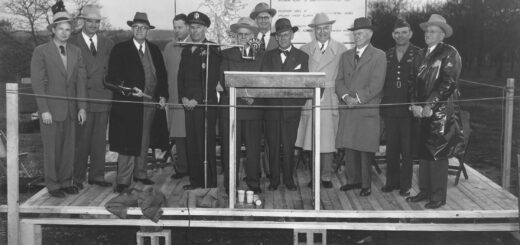
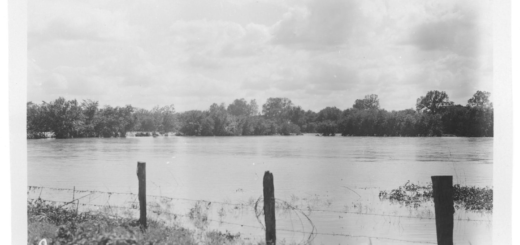
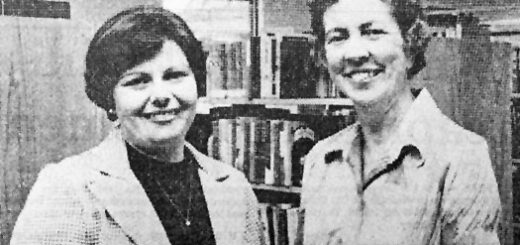
Recent Comments